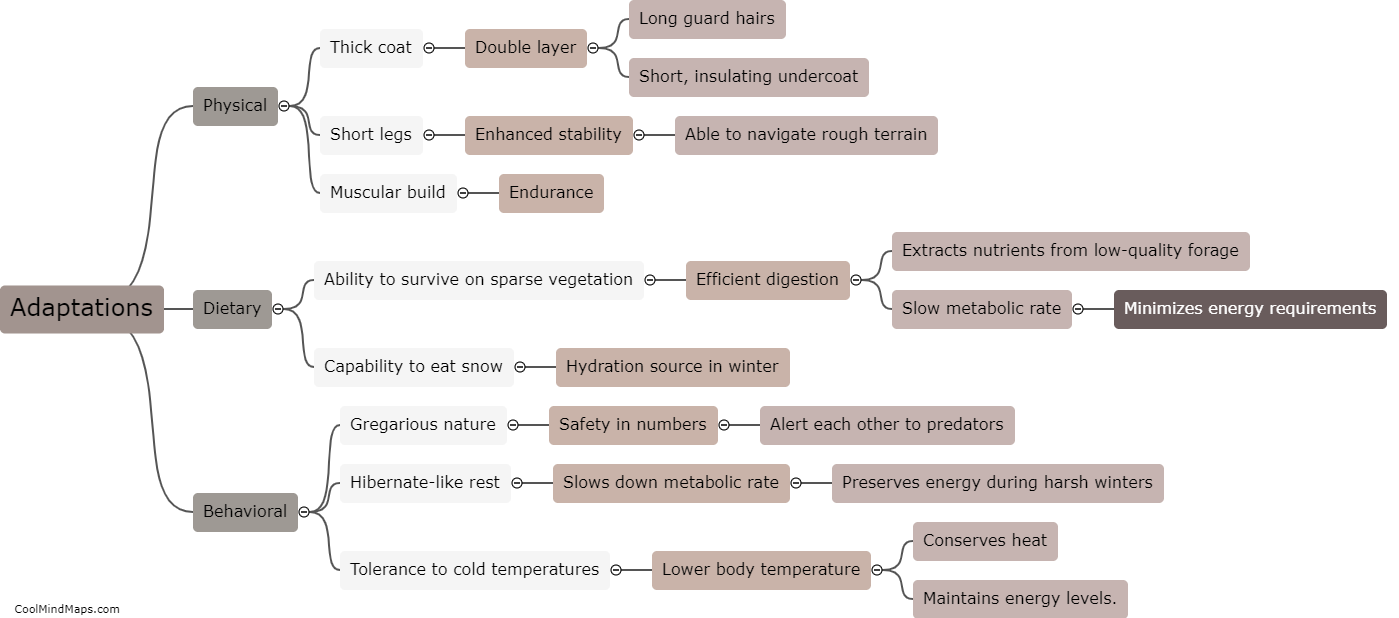How have Icelandic horses adapted to the harsh environment of Iceland?
Icelandic horses have developed remarkable adaptations that enable them to thrive in the harsh environment of Iceland. These horses have developed a double- layered coat which acts as excellent insulation against the cold temperatures, while their long, shaggy mane and tail provide protection from the wind and keep them warm. Additionally, their muscular body structure enables them to carry out tasks efficiently, while their short and sturdy legs help them navigate the rugged and uneven terrains of Iceland. Icelandic horses have also developed the ability to conserve energy by reducing their metabolic rate, allowing them to graze on sparse vegetation throughout the long winter months. Furthermore, their strong immune system and resilient nature help them to withstand extreme weather conditions and diseases that are common in Iceland. Through these adaptations, Icelandic horses have become uniquely suited to their challenging environment.

This mind map was published on 1 February 2024 and has been viewed 130 times.











